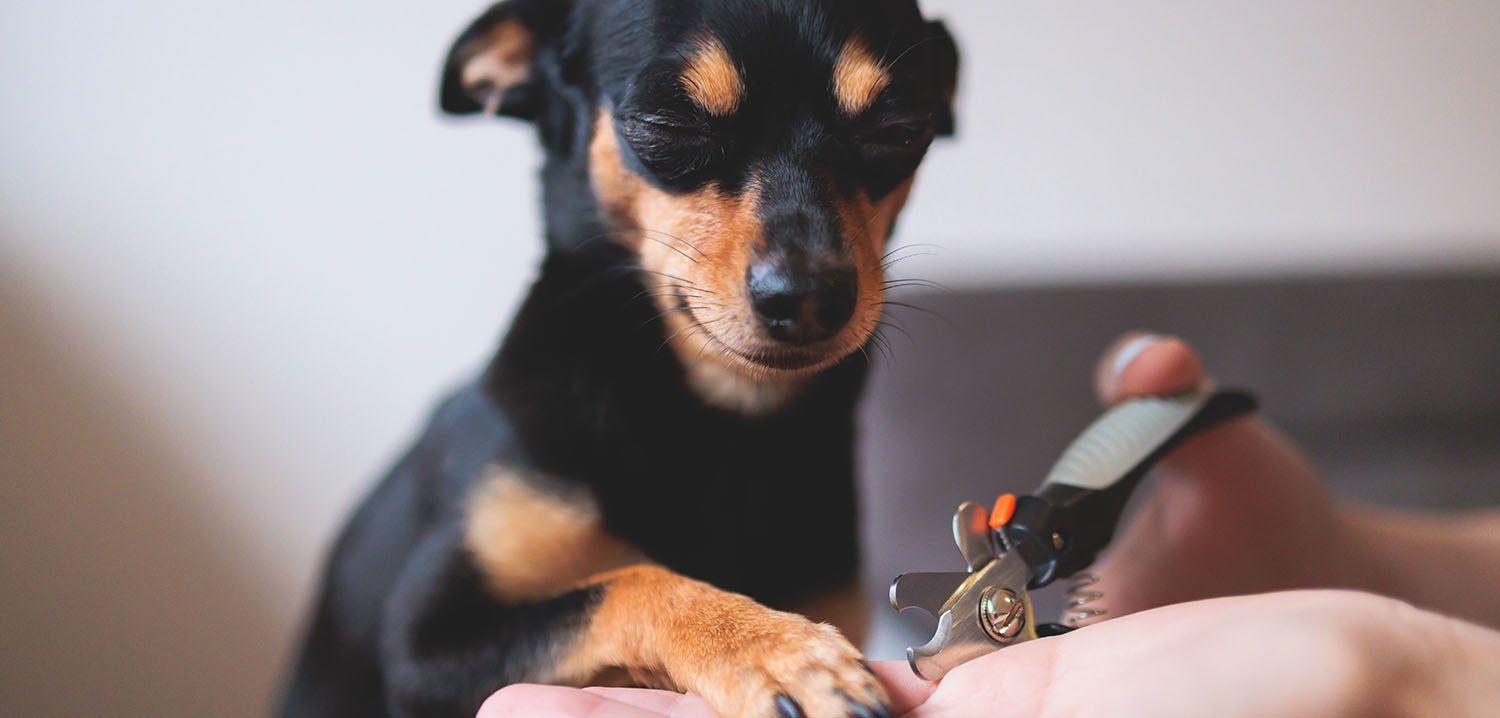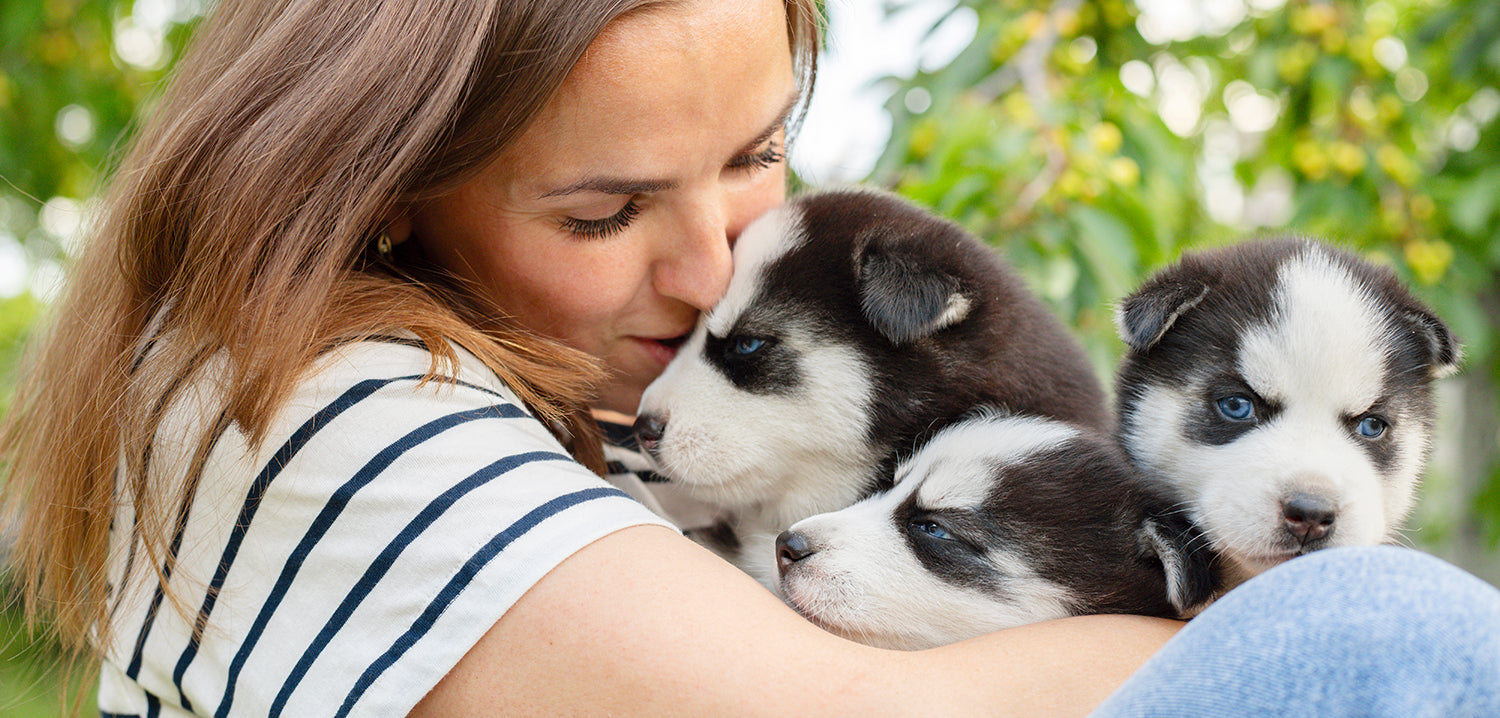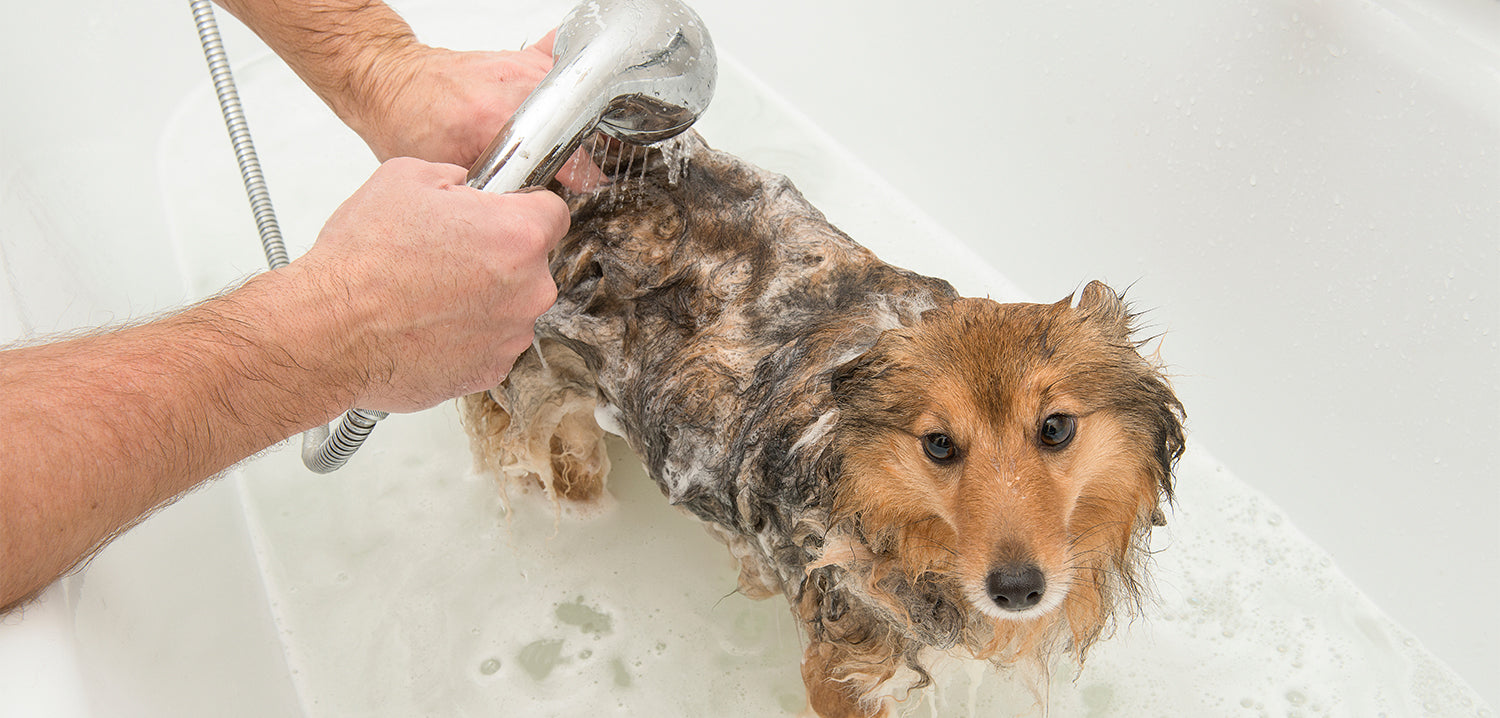You’ve noticed a growth on your dog’s skin and you’re not sure what it could be. Although it’s natural to be concerned for your dog’s health, dogs can get skin tags like humans too. Skin tags on dogs are a common type of benign growth, made up of fibrous tissues that contain collagen proteins and blood vessels. Whilst any breed of dog can experience skin tags, middle-aged and older dogs are at higher risk, as well as large and giant breed dogs. Skin tags are usually harmless, but it’s important for your vet to check any growth on your dog in case it’s something more serious.
While the exact cause of skin tags on dogs is not known, the various reasons why they may appear include genetics, age, friction and skin trauma. Dog skin tags can look like small lumps and can dangle from the skin by a thin stalk. They might not always be preventable, but keeping your dog healthy and clean can help, and a vet can also surgically remove them if they’re a nuisance. In this article, we help dog owners understand what a dog skin tag is, what the skin tag looks like on your dog, how to treat and prevent them, and what dog skin tag removal costs are in the UK.
Why is my dog getting skin tags?
While the exact cause of skin tags on dogs is not known, your dog could be getting skin tags because of repeated trauma to their skin. This could be friction from your dog’s skin folds rubbing together or if your dog sleeps on a hard surface.
Dog skin tags are composed of fibrous tissue made by cells called fibroblasts. If the fibroblasts are overactive, they may create too much fibrous tissue, causing skin tags to appear on your dog. This may be genetic in some breeds such as Cocker Spaniels, Jack Russell Terriers, Boxers and Poodles, although skin tags can occur in any dog breed.
If your dog is large, giant or obese, they may have skin folds that rub against each other repeatedly. They might also sleep on a hard surface which, with their heavy weight, can cause trauma to that skin area. Skin tags on dogs may also be caused by ageing since they are common in middle-aged and older dogs.
How to identify skin tags on your dog?
A dog skin tag looks like a small lump on or near the surface of your dog’s skin. Its size can vary as it could be as small as a few millimetres to as large as a few centimetres. Skin tags on dogs can look like different shapes, as they can be flat, lumpy or dangly if they have a thin stalk attaching them to the skin. Since they don’t cause any pain to your dog, unless it’s irritated by getting caught on something, you can touch your dog’s skin tag to investigate it - it’ll feel soft and spongy.
Dog skin tags can appear anywhere on your dog’s body, but it’s usually in areas that experience friction against other skin or surfaces, such as your dog’s sternum, abdomen and under their armpits or legs. They can also be seen on your dog’s head, near their eyelids or mouth, or on joints such as elbows or ankles.
While a dog skin tag is harmless, it’s important to monitor it closely. You can take pictures of what the skin tag looks like on your dog when it first appears, and compare to later pictures to see if it has increased in size or changed in shape. Dog skin tags can also grow in clusters or form chains. Also, dog skin tags can look different if they are infected as they may become red, ooze pus or bleed, in which case you might notice your dog itching and scratching the area. This can be painful for your dog and you should take them to the vet for treatment.
What's the difference between a wart and a skin tag on dog?
While dog warts and skin tags are both common types of growth that can be found on dogs, they are inherently different. Warts are caused by the canine papillomavirus and are contagious between dogs, whilst skin tags are caused by genetics, ageing or skin trauma and are not contagious.
Dog warts and skin tags also differ in appearance. As we discussed, skin tags are small and squishy bumps on your dog’s skin that may hang by a thin stalk. Dog warts, on the other hand, are rough and fleshy bumps that have a cauliflower-like appearance. Since dog warts are contagious, they mostly appear in areas that come into contact with other dogs, such as on their face or paws. However, dog skin tags can occur anywhere on the body, most commonly under the armpits or on the sternum or abdomen.
If you find skin growth on your dog, it’s essential you take them to the vet to check what type of growth it is. Although most skin growths, including dog warts and skin tags, are benign, they should always be examined by a veterinary expert.
How to distinguish between skin tags, ticks and fleas?
Dog skin tags, ticks and fleas are entirely different things that can be found on your dog’s skin. Skin tags are small and soft benign growths attached to the skin by a thin stalk. They can vary in size from a few millimetres to several centimetres and are usually caused by genetics, ageing or friction and skin trauma. Skin tags on dogs are generally harmless and don’t need to be removed unless they’re causing your dog discomfort or have become irritated or infected.
On the other hand, ticks are small parasites that attach themselves to your dog’s skin and suck their blood. Similarly to skin tags, ticks are also small and can range from a few millimetres to more than 1cm once they’re full of blood. However, unlike dog skin tags, ticks need to be removed as soon as possible as they can transmit diseases such as Lyme disease. Since ticks bury their head into your dog’s skin to feed, you should not try to remove them at home as they can detach their body from their head and leaving their head in your dog’s skin can cause infection. Instead, you should take your dog to the vet to have ticks removed.
Like ticks, fleas are tiny insects between 1 to 4mm that also feed on your dog’s blood. Despite being small, they can cause skin irritation, severe itching and allergic reactions in dogs, as well as transmitting other diseases. Fleas reproduce quickly and therefore it can be difficult to manage a flea infestation - which is why we have created a guide on how to treat fleas in dogs to help dog owners.
Should you get rid of skin tags on dogs at home?
It is not recommended to get rid of skin tags on dogs at home as this could cause pain to your dog and may cause the skin tag to get infected. If you notice any skin growth, it’s essential to take your dog to the vet for a thorough examination.
While it is generally harmless, attempting to remove a skin tag on your dog at home can be dangerous. There is the risk of causing the skin tag to bleed and possibly become infected, which can make the situation worse. Instead, you should take notes and pictures of the skin tag. By noting what the dog skin tag looks like, you can share this information with your vet and monitor any changes to the growth.
Instead of trying to remove a dog skin tag at home, you should seek veterinary help to ensure the best possible care and treatment for your dog. The vet will examine the skin growth to determine what it is and advise what treatment, if any, will be necessary. In some cases, vets may need to perform further testing such as a biopsy. They may also ask you to continue monitoring your dog at home, if a dog skin tag removal is unnecessary.
How to manage skin tags on dogs?
If your dog has a skin tag once, it is likely it could develop more in the future. However, you can reduce the likelihood of skin tags on dogs with preventative measures, lifestyle changes and nutritional considerations. Here are some things dog owners can implement at home:
5 Ways to Manage Skin Tags on Dogs
You can check your dog’s skin and coat for skin tags by grooming them regularly, which will also help to keep their skin and coat healthy. Check out our guide to dog grooming.
You can also reduce irritation from dog skin tags by regularly bathing your dog to keep their skin clean. You should always thoroughly dry your dog after a bath.
A healthy and balanced diet of high-quality, nutritious food provides the necessary vitamins and minerals your dog needs and can keep their skin and coat healthy. If you’re interested in healthy food options for your dog, you can check out James Wellbeloved™ superfoods.
Overweight and obese dogs have a higher chance of getting skin tags, so by maintaining your dog at a healthy weight you can reduce the risk factor. Since their weight will be less, there is less chance of skin trauma occurring from impact or friction.
Dogs are more likely to get skin tags by laying on a hard floor, as repetitive friction can cause damage to the skin. You can set up a sleeping area for your dog which is soft and provides appropriate support.
Check your dog’s skin regularly for any skin tags, warts or any new growths. It’s important to take your dog to the vet if you notice a skin growth to ensure it’s not connected to an underlying medical illness. You should also monitor your dog’s behaviour to see if they are experiencing any pain.
Dog skin tags are a common type of skin growth and usually cause no harm to your dog. However, it’s essential to seek veterinary advice on any skin growth to rule out an underlying health issue. They may suggest removing the skin tag on your dog if its presence is making it difficult for your dog to continue their normal activities. You can follow our guide on how to keep your dog happy and healthy, as well as the preventative measures above, to help reduce the likelihood of dog skin tags appearing.












